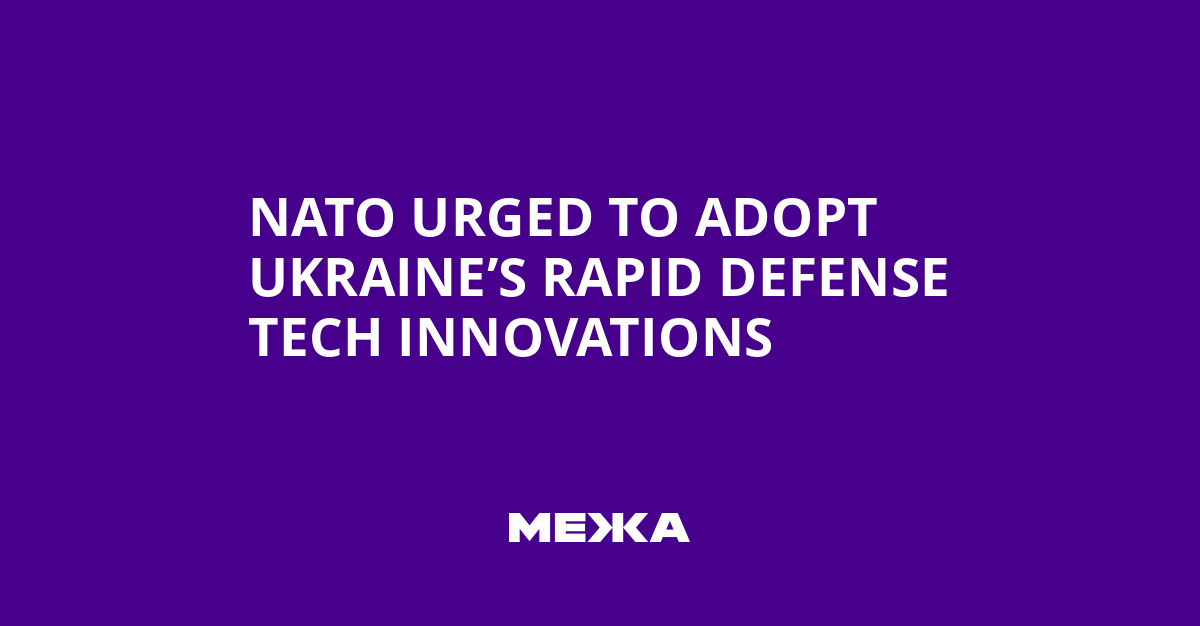Key Takeaways
- NATO General Alexus Grinkevich emphasizes learning from Ukraine’s rapid technological integration in defense.
- There is a call for the U.S. and European defense industries to collaborate efficiently and define technical requirements clearly.
- NATO allies have committed to allocating 5% of GDP to defense, marking a significant move towards heightened collective security.
Ukraine’s Role in Shaping NATO Strategies
NATO’s Supreme Allied Commander Europe, General Alexus Grinkevich, highlighted the lessons NATO can learn from Ukraine’s innovative military strategies during the LANDEURO-2025 symposium in Wiesbaden, Germany. Since the onset of Russia’s full-scale invasion in 2022, Ukraine has swiftly integrated advanced technologies into its defense, showcasing the ability to develop solutions within days—a stark contrast to the prolonged innovation cycles typical in peacetime.
General Grinkevich stressed the importance of adapting NATO’s military frameworks to maintain a rapid pace of innovation similar to Ukraine’s approach. He urged both U.S. and European defense sectors to intensify efforts in meeting NATO’s operational needs quickly, emphasizing the necessity of establishing clear technical requirements and streamlining procurement processes. “We cannot wait – we need real capabilities to reach the armies, air forces, and navies as quickly as possible,” he noted.
To effectively address these challenges, the defense industries on both sides of the Atlantic should function cohesively, avoiding a divisive approach to investments in U.S. or European projects. This cooperative strategy is critical for enhancing overall military readiness in the face of evolving threats.
Last month, NATO allies struck a significant agreement to allocate 5% of their combined GDP towards defense spending. This commitment reflects a historic political resolve to fortify collective security among member nations.
The U.S. has been a proactive ally, providing various forms of military assistance to Ukraine, including unmanned aerial systems. These drones play pivotal roles in reconnaissance, fire adjustment, and tactical operations. During a recent dialogue, President Volodymyr Zelensky mentioned U.S. interest in acquiring Ukrainian-made drones, further solidifying military cooperation between the two nations. Discussions also touched on strategies to establish a comprehensive air defense shield for Ukraine, integrating systems like Patriot missiles alongside other technological advancements to safeguard its airspace.
In summary, as NATO confronts evolving global threats, Ukraine’s rapid technological adoption and innovative defense strategies offer critical insights. The urgency for collaboration and resource allocation highlighted by General Grinkevich presents a pathway for NATO to enhance its operational capabilities effectively.
The content above is a summary. For more details, see the source article.















